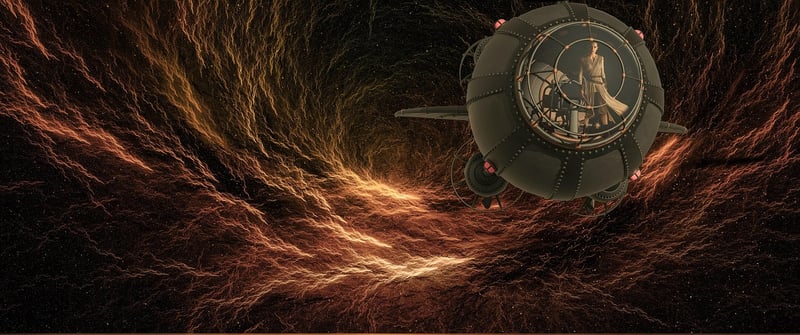Wormholes
The Science Behind Time Travel and Wormholes
Time travel has long been a fascinating concept in science fiction, but is there any scientific basis to support it? One of the theoretical possibilities for time travel involves the use of wormholes, which are hypothetical tunnels in spacetime that connect two separate points. Let's delve into the science behind time travel and wormholes.
Wormholes: Theoretical Passageways in Spacetime
According to Einstein's general theory of relativity, spacetime can be bent and distorted by massive objects like stars and planets. Wormholes are thought to be shortcuts through spacetime that could allow for faster-than-light travel and potentially, time travel.

How Wormholes Could Enable Time Travel
If a wormhole were to exist and remain stable, it could provide a bridge between two points in spacetime. By traversing through the wormhole, it might be possible to travel to a different point in time, as well as space.
The Challenges and Paradoxes of Time Travel
While the concept of time travel through wormholes is intriguing, it also poses several challenges. Paradoxes like the famous grandfather paradox, where a time traveler could potentially prevent their own existence, raise questions about the feasibility and implications of time travel.
Scientific Research and Speculations
Scientists continue to explore the theoretical aspects of wormholes and time travel. Some theories suggest exotic matter with negative energy could stabilize a wormhole, while others propose the existence of closed timelike curves that could allow for time loops.

Conclusion
While the science behind time travel and wormholes remains largely theoretical, the exploration of these concepts pushes the boundaries of our understanding of spacetime and the universe. Whether time travel will ever become a reality or remain confined to the realm of science fiction is yet to be seen.
For more information on related topics, you can visit Space.com and delve deeper into the fascinating world of theoretical physics.
